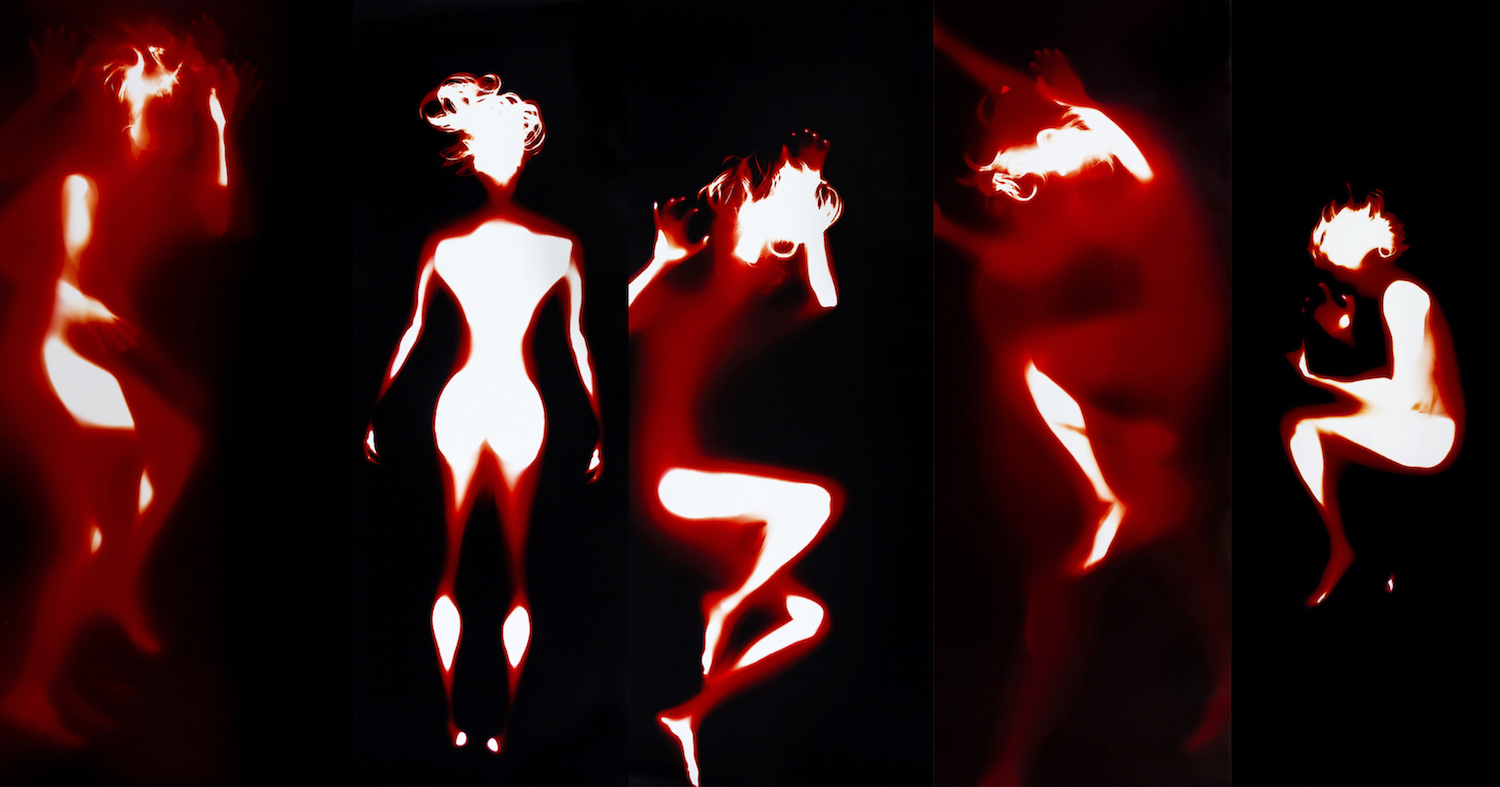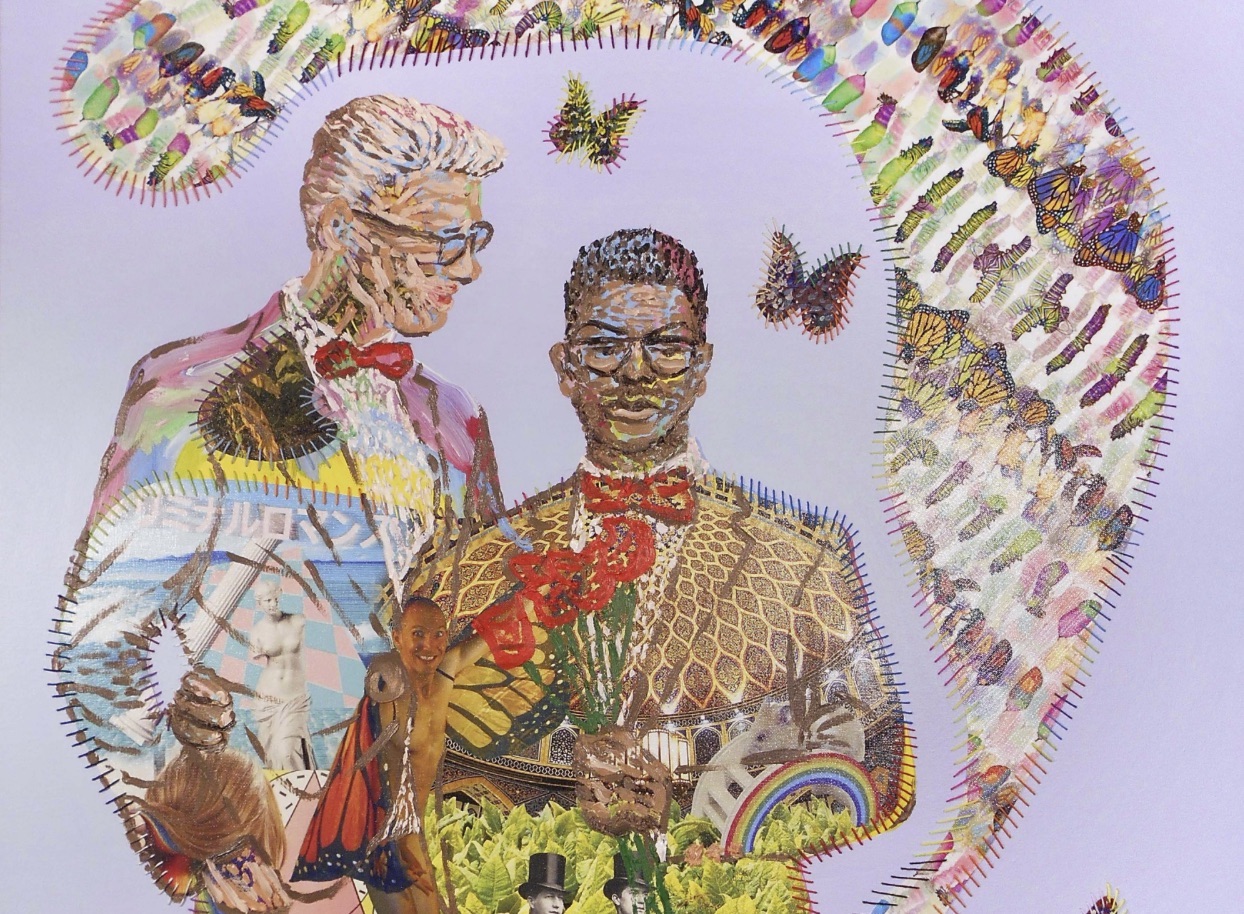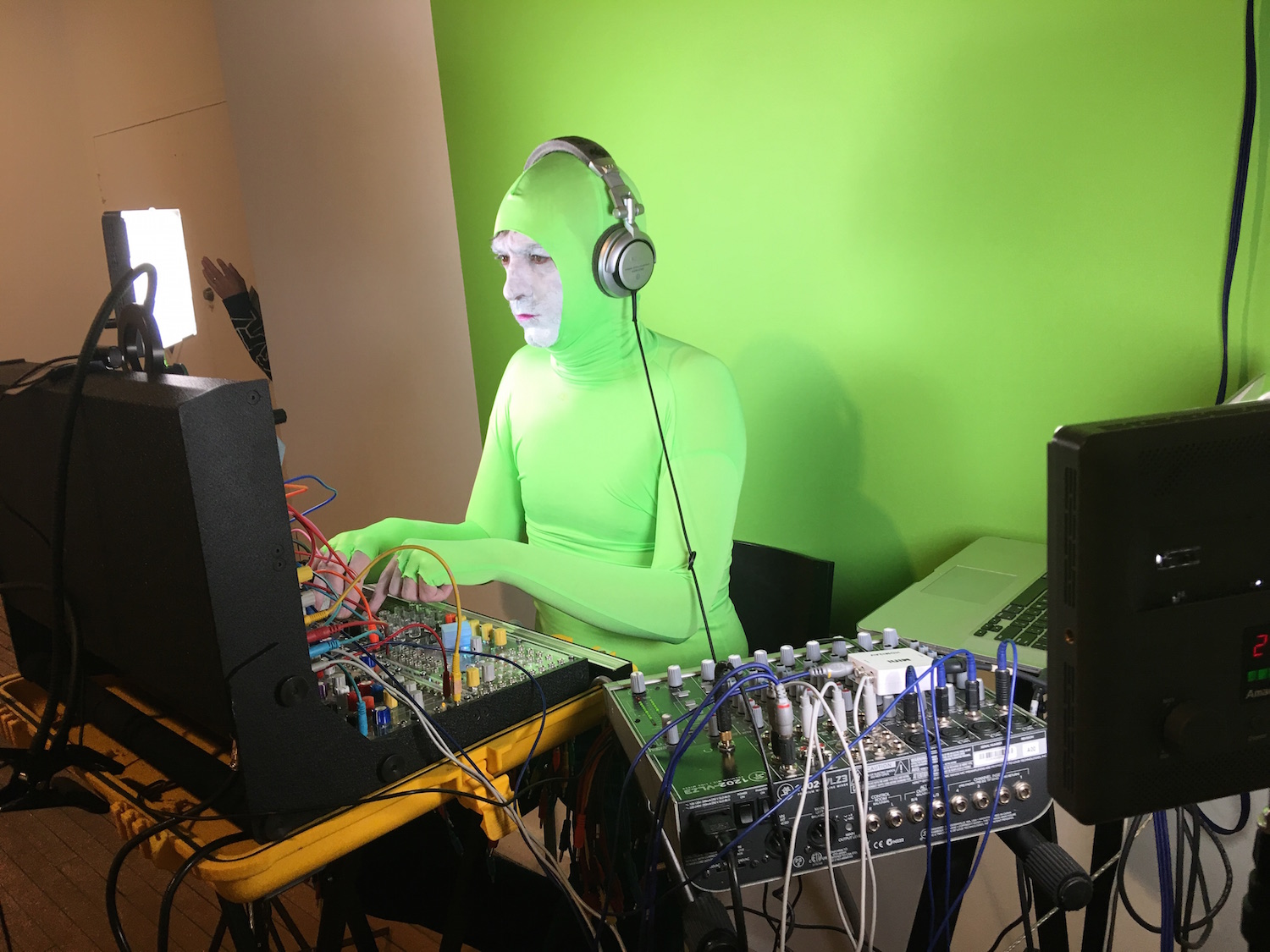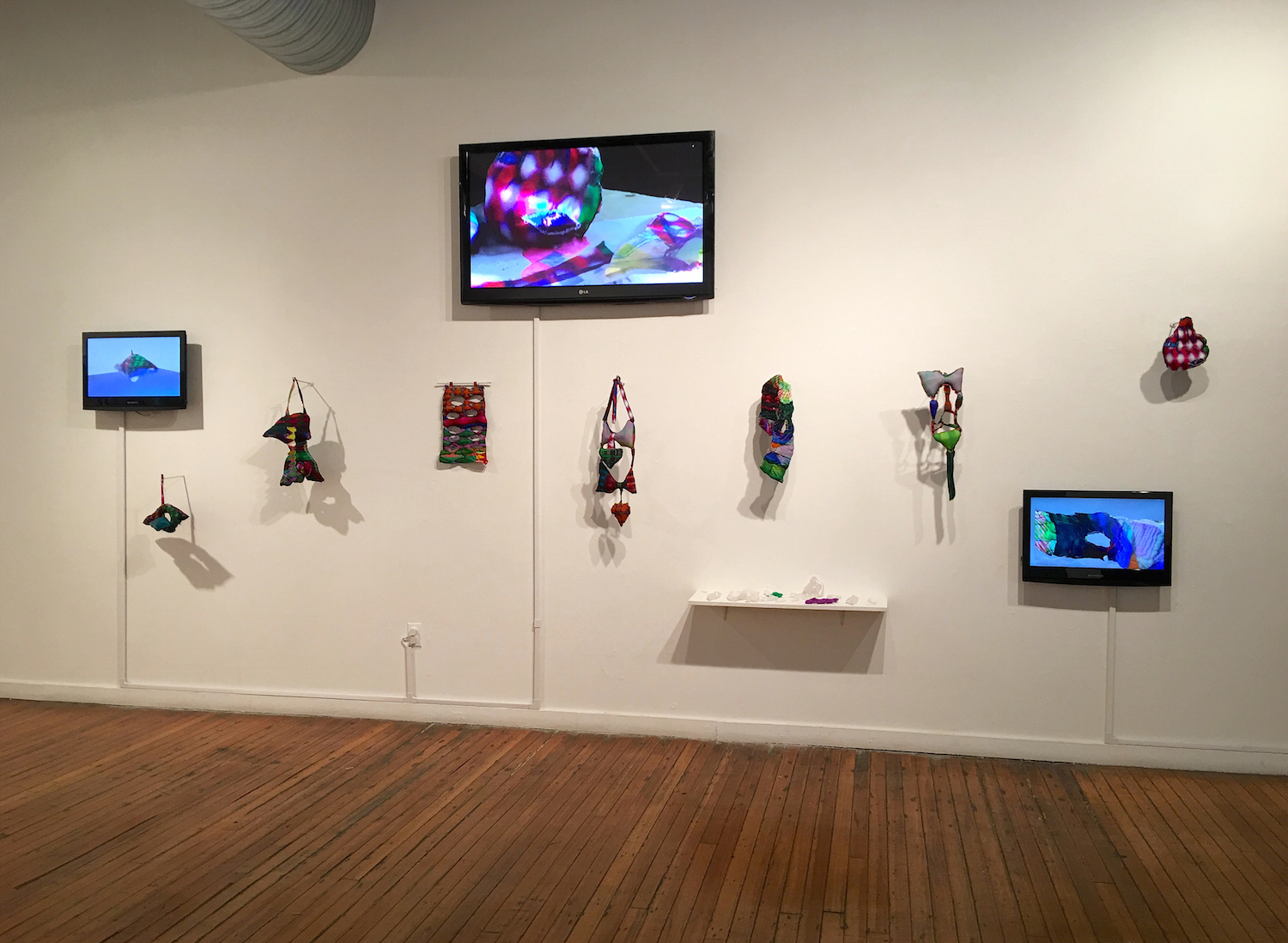School 33’s New Exhibit Explores A Collective Longing for Analog and an Exploration of the Post-Digital Revolution by Mai Sennaar
As a child of the 90s, I grew up on my parents’ extensive record collection. Crosby, Stills & Nash from my father’s youth on the West Coast, Mint Condition, the Temptations, and Jon Lucien, who my mother had opened for when she’d first started gigging. I can remember my sister hiding her boombox under her covers to catch her favorite radio shows way after midnight. What I recall most about the cultural landscape before the arrival of the digital age is the care that things required. CD’s scratched easily and had to be cleaned, records cracked, and tapes would sometimes give out.

Even though innovations in technology have made the art that we enjoy much more accessible, many of us cannot help but notice that something is missing. It is this “collective longing for reconnection with the simplicity of the analog era, while examining the psychology of our multi-generational society post Digital Revolution,” that School 33’s latest group exhibition explores. Test Pattern features six artists, the majority of whom came of age during the world’s rapid and somewhat erratic transition from VHS’s and cassettes to a widespread digital revolution.
School 33’s Executive Director Melisa Webb, who curated the exhibit, recalls the beginnings of the transition to the digital world and how it continues to shock her and her peers. “You get used to life in one way… and then it sort of changes completely,” she says, alluding to the way digital technology has accelerated and simplified the way we communicate and experience art.
As the last generation to use cassette tapes, payphones, and other representations of a long-gone analog world, members of Generation X will be particularly drawn in by the show’s overt, gritty, and sometimes humorous nod to nostalgia.
Tom Boram’s The Artist Was Telepresent
The concept for the exhibition came to Webb after exploring the work of an old friend, Tom Boram, a founder of the High Zero Festival of Improvised and Experimental Music. As with other artists featured in the exhibition, Boram is a musician in addition to his work as a visual artist. In his version of the conflict between analog vs digital in The Artist Was Telepresent, he records himself playing music on a homemade synth which is distorted and presented through a green screen image.
The image is then projected through a tube television and finally available to be viewed on a VHS. This process captures the playful and incredibly rich nature of Boram’s play on the connection and dissonance of technology in media past and present. Once Webb selected Boram for the show, she sought out other artists whose works in sound, textiles, images, sculpture, and even live performance spoke to the conventions and cultural shifts that have occurred as a result of the advent of the digital age.
 April Camlin
April Camlin
Like Boram, April Camlin is a visual artist and musician whose drum work with the band Wume impacts the rhythmic pattern of her geometric weavings. Her textural patterns, especially in Man In The Mirror connect to the exhibit’s repeated allusion to time and the way that even the most conventional norms can rapidly become obsolete and give way to new trends.
 Rives Wiley’s Dinner and a Movie
Rives Wiley’s Dinner and a Movie
 Lil Hestia by Roxana Alger Geffen
Lil Hestia by Roxana Alger Geffen
Of equal appeal are the works of millennial artists included in the exhibit. They lend a contemporary outlook on the digital age’s impact on interpersonal development and socialization in modern society. DC native Rives Wiley’s innovative Dinner and a Movie explores the perils and peculiarities of online dating with surrealist styling, a highlight in the show, with works that are stylistically refreshing and innovative. In Lil Hestia, Roxana Alger Geffen incorporates her experiences as a mother in the digital age through the use of Minecraft-inspired works—a game she learned to play from observing her children.
According to Webb, the most quintessential representation of the exhibit’s themes can be found in the work of LoVid. The artistic team has brought pieces from their series titled Video Taxidermy to School 33. The pieces in this series are created by recrafting analog videos and converting them into “single channel pieces.” The pieces are printed onto fabric and become malleable physical sculptures.
What’s most interesting about this exhibit is that it’s not an either/or proposition. None of the artists in Test Pattern have decided one way or the other if they prefer digital or analog. Although some pieces point out the deficiencies and advantages in both modes of operating, this group of artists integrate and combine them into new hybrid forms that defy logic and inspire new frontiers of thinking and making.
This is a show about valuing the past and creating potential for the future, not judgement or even nostalgia, where artists do what they do best – find connections in order to transform ordinary objects and experiences into something completely new, unfamiliar, and magical.

Test Pattern will be on exhibit at School 33 Art Center from Jaunary 19th – February 24. Admission is free.
Visit School 33 on three Saturdays while “Test Pattern” is on view in our Main Gallery to see artist Tom Boram in process as he creates a series of digital-to-analog recordings as part of his installation, “The Artist is Telepresent.”
Saturday, January 27th, 1-3pm
Saturday, February 10th, 1-4pm
Saturday, February 17th, 1-4pm
Test Pattern: A group exhibition featuring works by Tom Boram, April Camlin, Roxana Alger Geffen, Luke Ikard, LoVid and Rives Wiley and Curated by Melissa Webb










